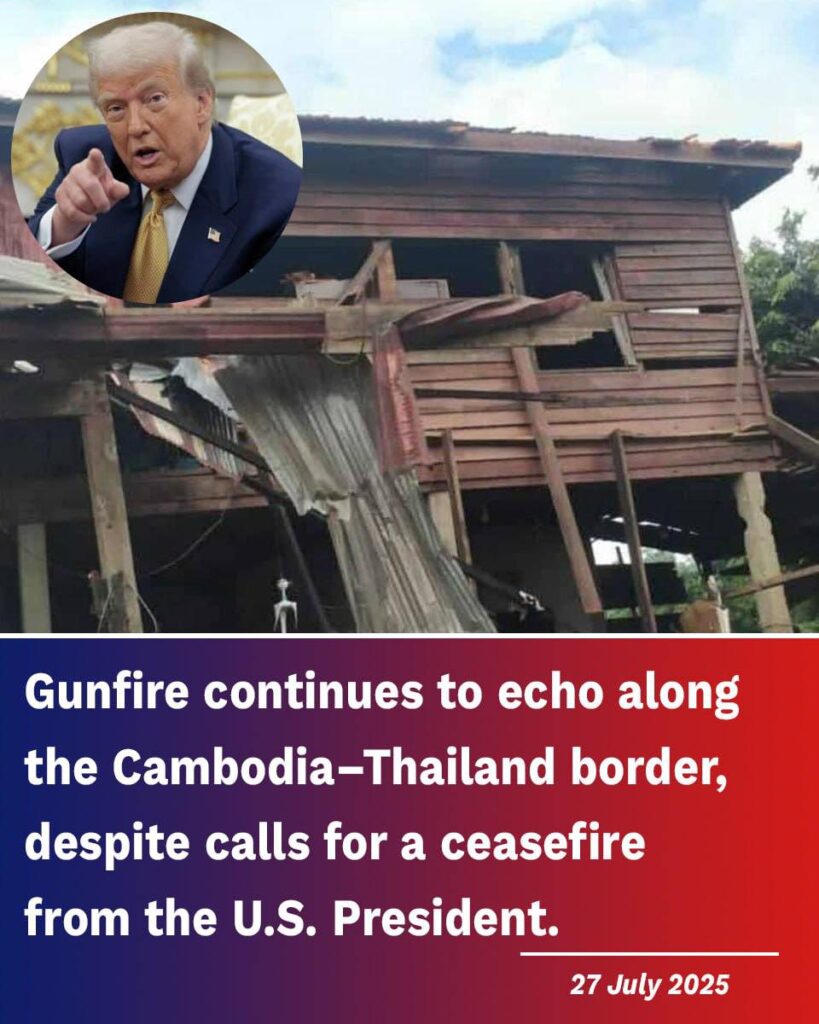
Since the outbreak of hostilities on July 24, 2025, the conflict has escalated rapidly along multiple flashpoints across the disputed frontier. Both Thailand and Cambodia accuse each other of initiating attacks and using heavy weaponry, including artillery, rockets, and airstrikes. At least 34 people have been killed so far—comprising soldiers and civilians on both sides—with many more injured and more than 130,000 residents displaced from the fighting zones.
The Thai military reported continued shelling inside Cambodian territory targeting military positions as well as civilian infrastructure, including religious sites and a primary school in Oddar Meanchey province. Cambodia, in turn, claims to have repelled Thai invasions on several fronts and alleges Thailand’s use of cluster munitions, violating international conventions which neither country has signed.
New conflict zones have emerged, with incidents reported over 100 kilometers from previously contested areas, such as in Thailand’s coastal Trat province, expanding the geographical scope of violence. The situation remains volatile, with heavy troop engagements, armored assaults, and a significant presence of drones and rocket launchers complicating the security landscape.
Diplomatic efforts, including offers of mediation from regional powers and direct appeals by the U.S. President, have yet to stem the violence. Thailand has rejected third-party mediation, insisting on resolving disputes via bilateral talks. Both governments maintain that their military actions are defensive responses to provocations.
Acting Thai Prime Minister Phumtham Wechayachai has warned that the conflict risks escalating into full-scale war if the fighting continues unchecked. Martial law has been declared in multiple Thai border districts, and evacuation efforts are ongoing to protect civilians caught in the crossfire.
This renewed border conflict roots back to longstanding territorial disputes dating to colonial-era treaties and the 1962 International Court of Justice ruling awarding the Preah Vihear Temple to Cambodia, which remains a flashpoint of nationalist tensions.
The international community watches closely as violence persists despite urgent calls for peace, underscoring the fragile stability of Southeast Asia’s borderlands. The tragic human cost mounts daily, emphasizing the urgent need for dialogue and de-escalation to prevent further bloodshed and regional destabilization.


